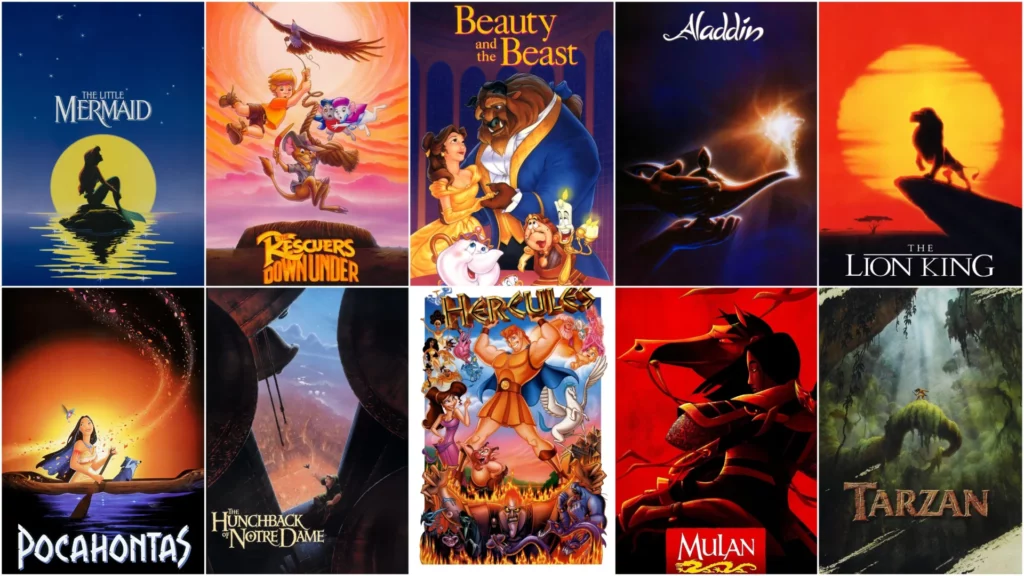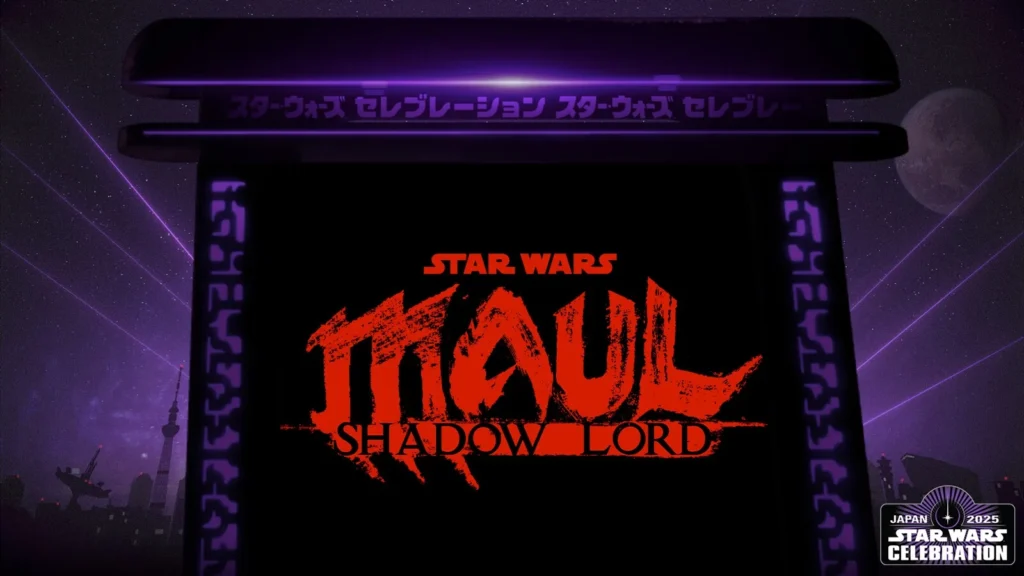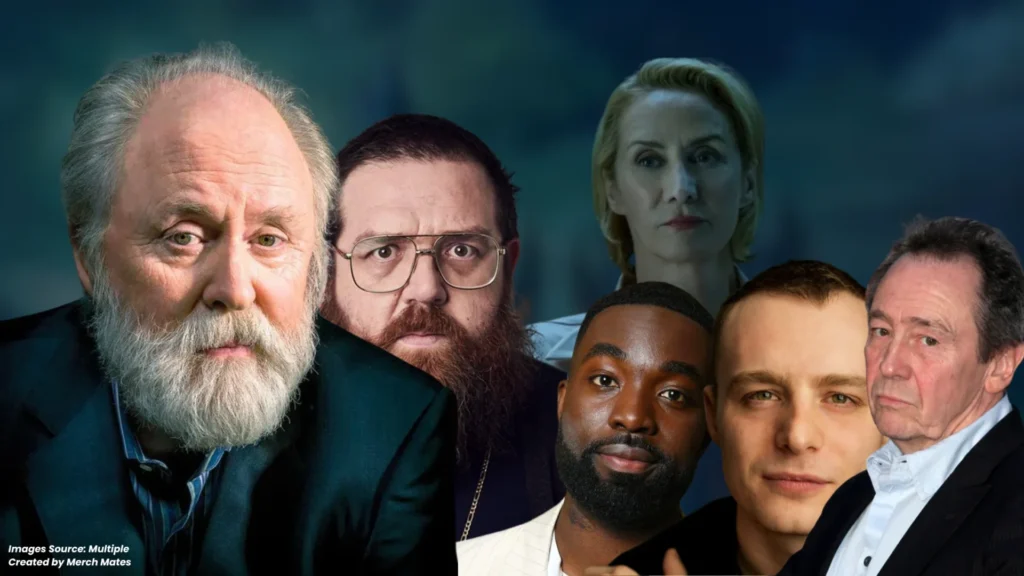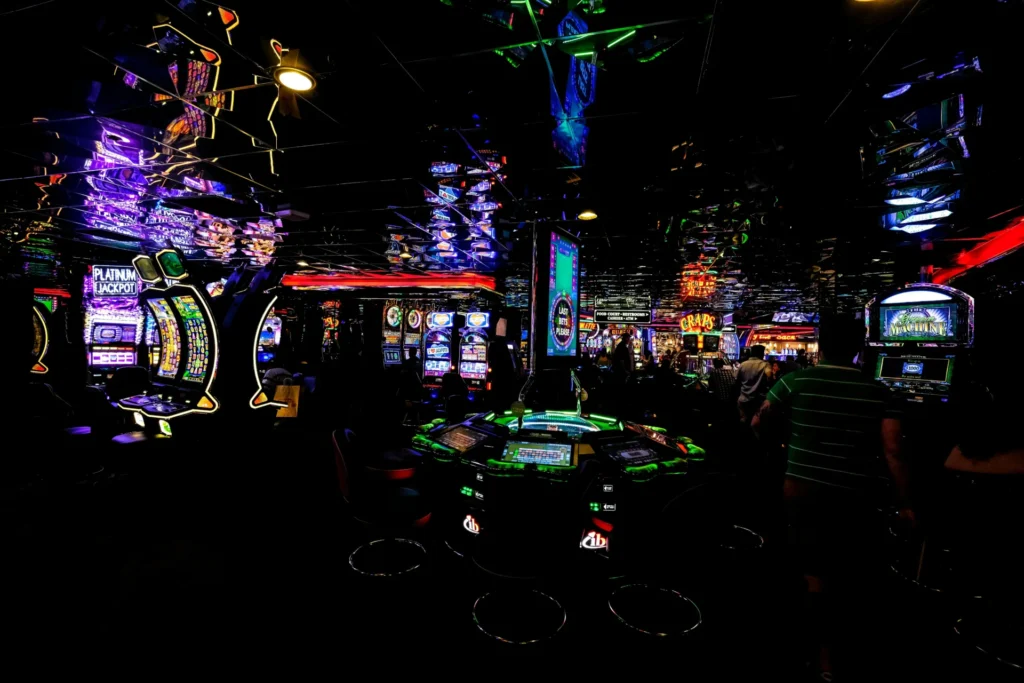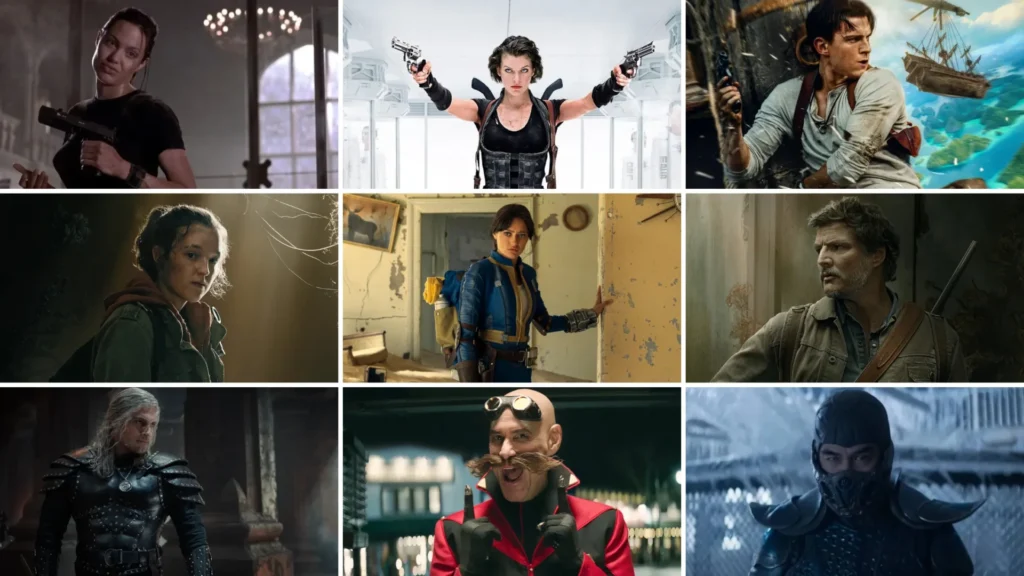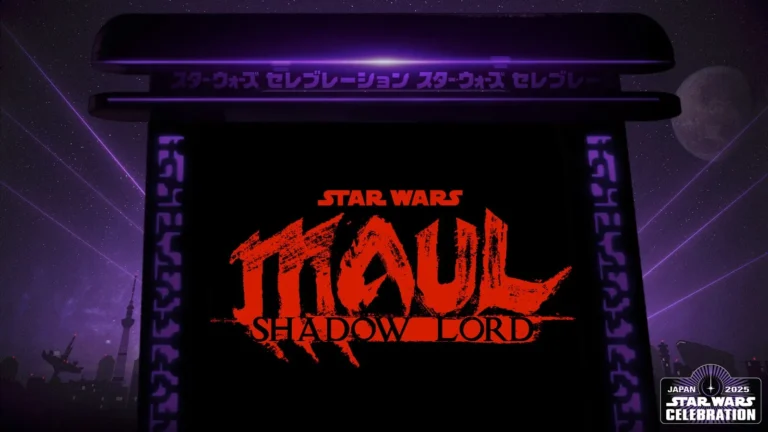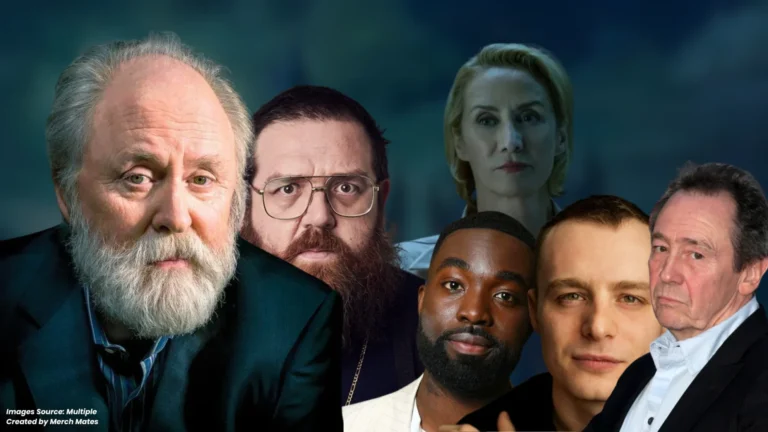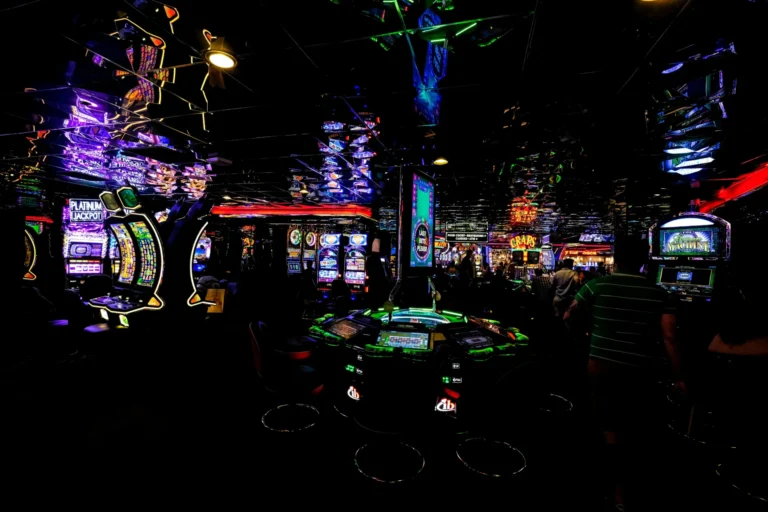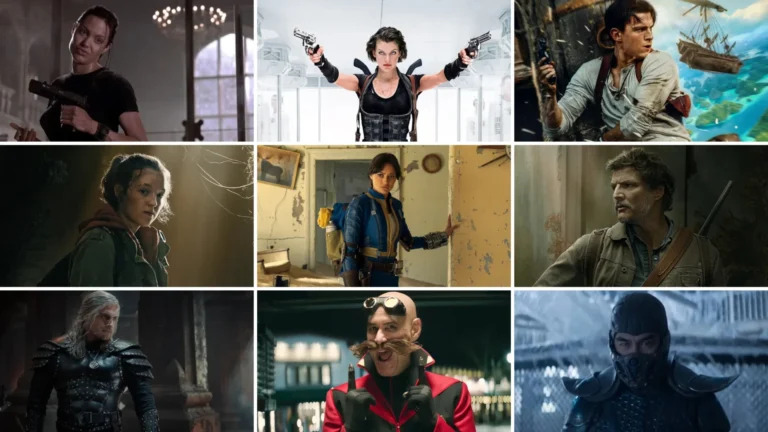Disney’s Renaissance Era (1989-1999) is often hailed as a golden period for animation, marked by a string of successful films that redefined the studio’s legacy and set new standards in storytelling, animation, and music. This era breathed new life into Disney, reviving its reputation as a leader in animation and capturing the hearts of a new generation. Let’s dive into the Disney Renaissance, ranking all 10 movies and exploring what made this era so magical!
You Might Also Like:
All 8 Disney Eras Ranked: A Guide to 62 Magical Movies
Understanding the Disney Renaissance Era
The Disney Renaissance refers to a period from 1989 to 1999 when Walt Disney Animation Studios experienced a creative revival, producing a series of critically acclaimed and commercially successful animated films. The era began with The Little Mermaid in 1989, which marked Disney’s return to the classic fairy tale format with a modern twist. This decade was characterised by:
- A Return to Storytelling Roots: Disney returned to its core storytelling values, focusing on fairy tales, folklore, and classic literature adapted with contemporary sensibilities.
- Broadway-Style Musicals: These films incorporated Broadway-style musical numbers, with memorable songs that played a significant role in storytelling. Composers like Alan Menken and lyricists like Howard Ashman and Tim Rice were instrumental in crafting these unforgettable soundtracks.
- Technological Innovations: The Renaissance Era saw the integration of new animation technologies, such as the Computer Animation Production System (CAPS), which enabled more sophisticated and dynamic animation sequences.
Ranking the Disney Renaissance Movies
Here’s a look at all 10 Disney Renaissance movies, ranked from least to most magical:
10 – Pocahontas (1995)
Ambitious storytelling, but mixed reception.
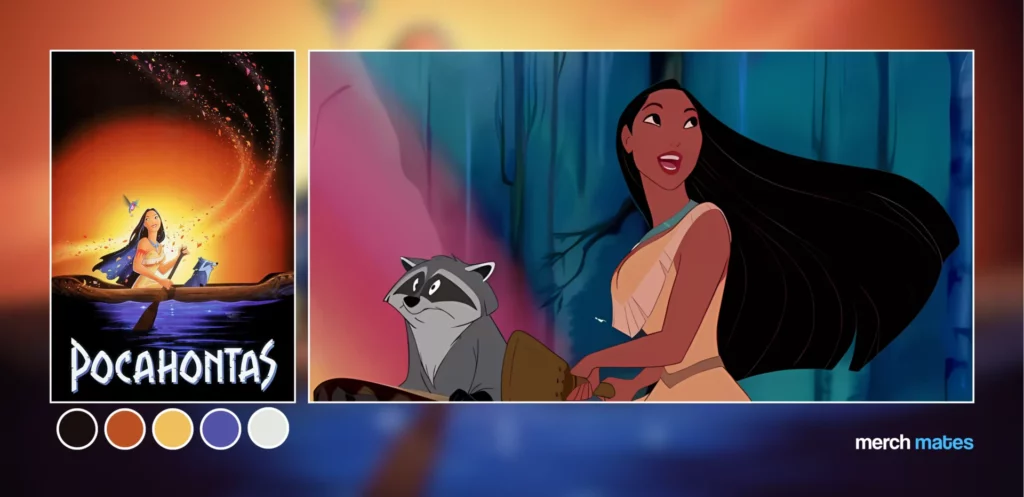
While Pocahontas aimed to tell a historically inspired narrative, it faced criticism for its historical inaccuracies and portrayal of Indigenous cultures. However, the film’s animation, music, and visual style remain beautiful and memorable.
Key Highlights:
- Songs: “Colors of the Wind” and “Just Around the Riverbend”
- Awards: Won two Academy Awards for Best Original Score and Best Original Song (“Colors of the Wind”).
9 – The Rescuers Down Under (1990)
An underrated gem with adventure and heart.
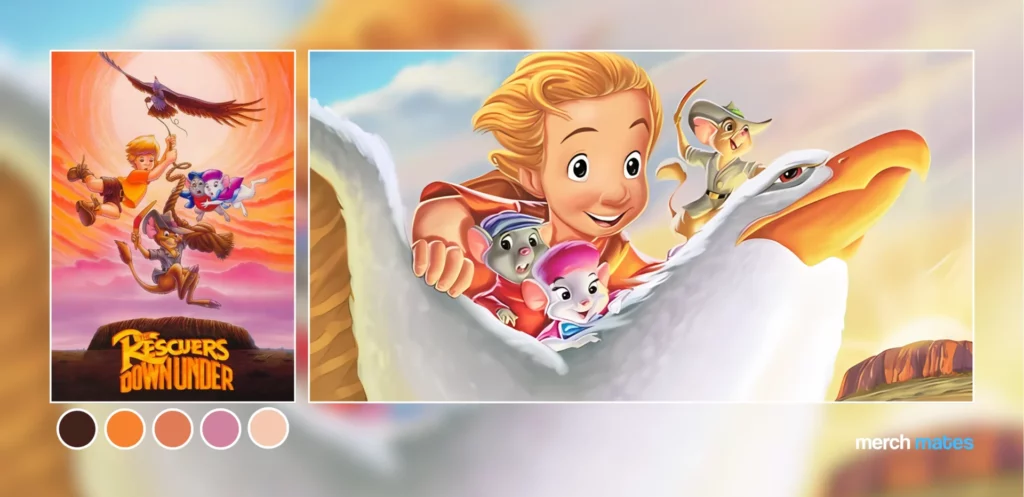
The only sequel in the Renaissance Era, The Rescuers Down Under took audiences to Australia with high-flying adventure and stunning visuals. Despite its innovative use of CGI, it didn’t receive as much attention as other films of the era.
Key Highlights:
- Visuals: Notable for its use of the CAPS system, enhancing the film’s dynamic visuals.
- Plot: A thrilling rescue adventure that continues the story of the original The Rescuers (1977).
8 – The Hunchback of Notre Dame (1996)
Dark themes paired with stunning artistry.
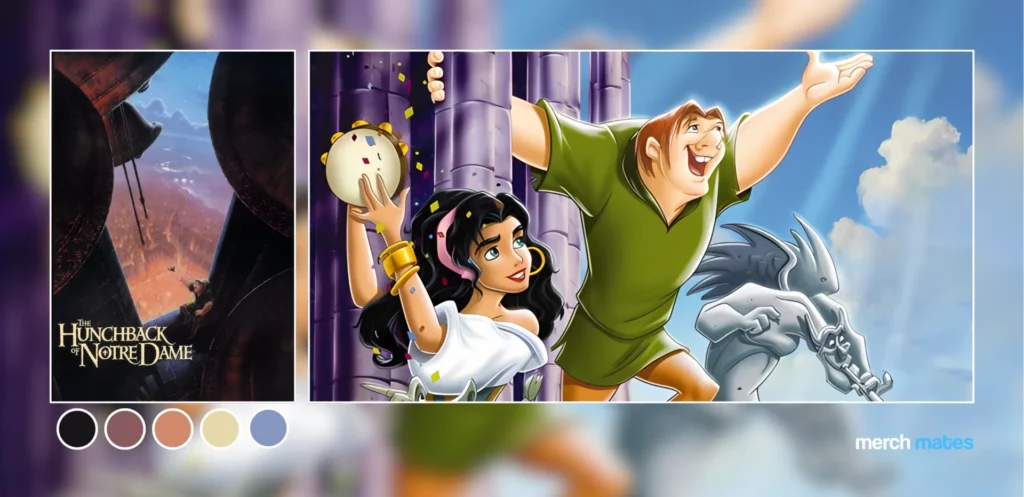
The Hunchback of Notre Dame brought a more mature tone to Disney’s lineup, exploring themes of acceptance and prejudice. Though not as commercially successful, its bold storytelling and beautiful animation make it a standout.
Key Highlights:
- Songs: “Out There” and “Hellfire” are powerful and emotional.
- Visuals: The Gothic architecture of Notre Dame Cathedral is breathtakingly rendered.
7 – Hercules (1997)
A fun, light-hearted take on Greek mythology.
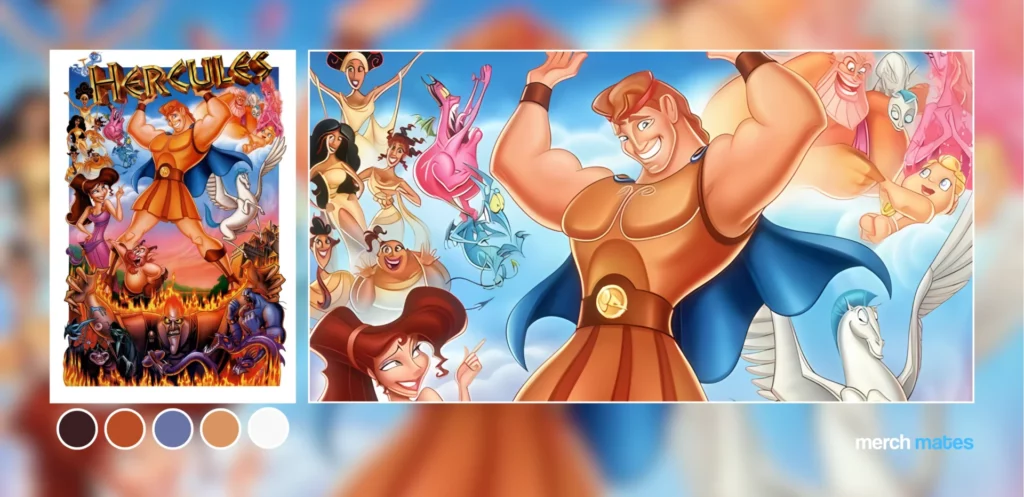
With a unique style inspired by Greek art, Hercules combines humour, action, and a memorable cast of characters. While not as deeply impactful as other Renaissance films, its fun spirit and catchy songs have earned it a loyal fanbase.
Key Highlights:
- Songs: “Go the Distance” and “Zero to Hero”
- Style: Distinctive animation influenced by ancient Greek pottery and art.
6 – Tarzan (1999)
An emotional and action-packed finale to the Renaissance.
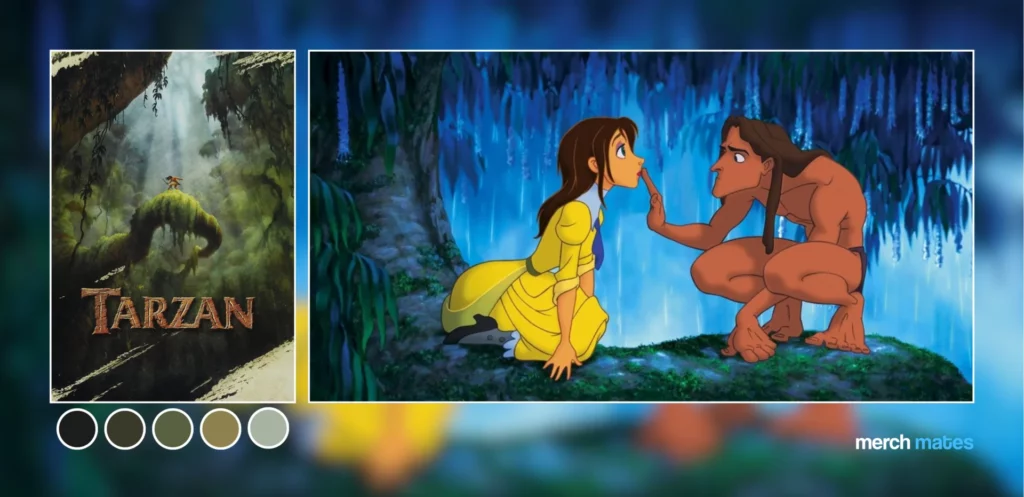
Tarzan brought the Renaissance Era to a close with a blend of stunning animation, heartfelt storytelling, and a unique soundtrack by Phil Collins. Its deep exploration of identity and belonging resonated with audiences worldwide.
Key Highlights:
- Songs: “You’ll Be in My Heart” won an Academy Award for Best Original Song.
- Animation: Innovative use of Deep Canvas technique for immersive jungle scenes.
5 – Mulan (1998)
A story of courage, honour, and breaking stereotypes.
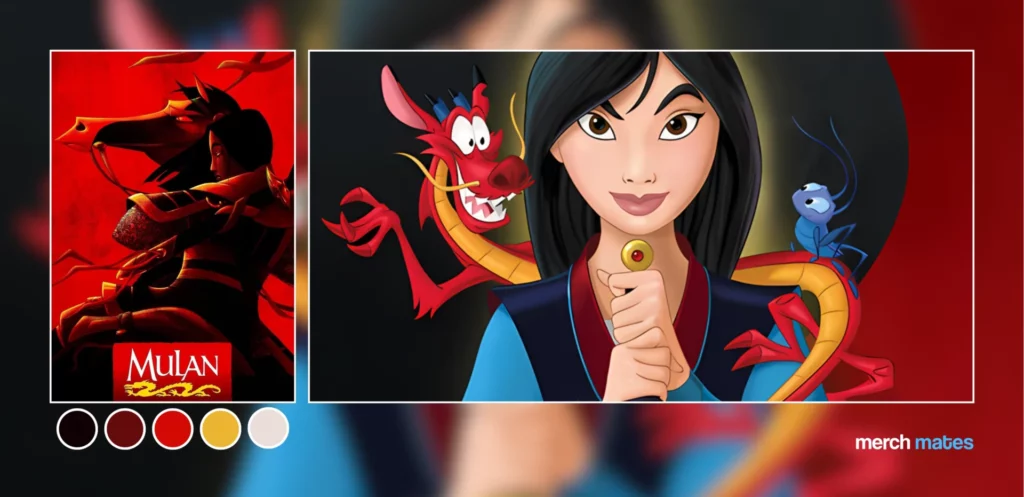
Mulan tells the inspiring tale of a young woman who defies tradition to save her family and country. With its blend of humour, action, and a strong message of empowerment, Mulan remains a favourite.
Key Highlights:
- Songs: “Reflection” and “I’ll Make a Man Out of You”
- Cultural Impact: Praised for its strong, independent female protagonist and its celebration of Chinese culture.
4 – Aladdin (1992)
A magical journey with a comedic twist.
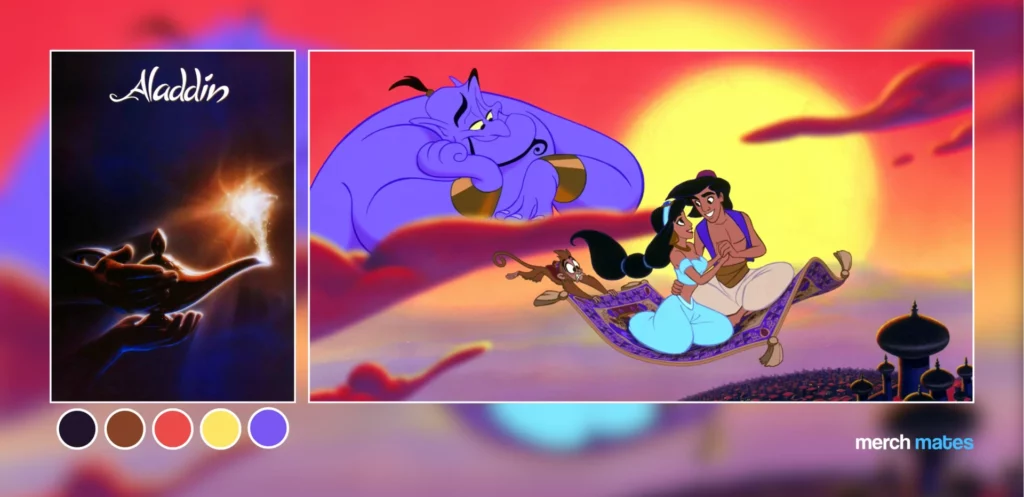
Aladdin captured audiences with its vibrant animation, memorable characters, and the show-stopping performance of Robin Williams as the Genie. It’s a film full of adventure, humour, and unforgettable songs.
Key Highlights:
- Songs: “A Whole New World” won an Academy Award for Best Original Song.
- Characters: The Genie, voiced by Robin Williams, became an iconic character known for his humor and heart.
3 – The Little Mermaid (1989)
The film that started it all.
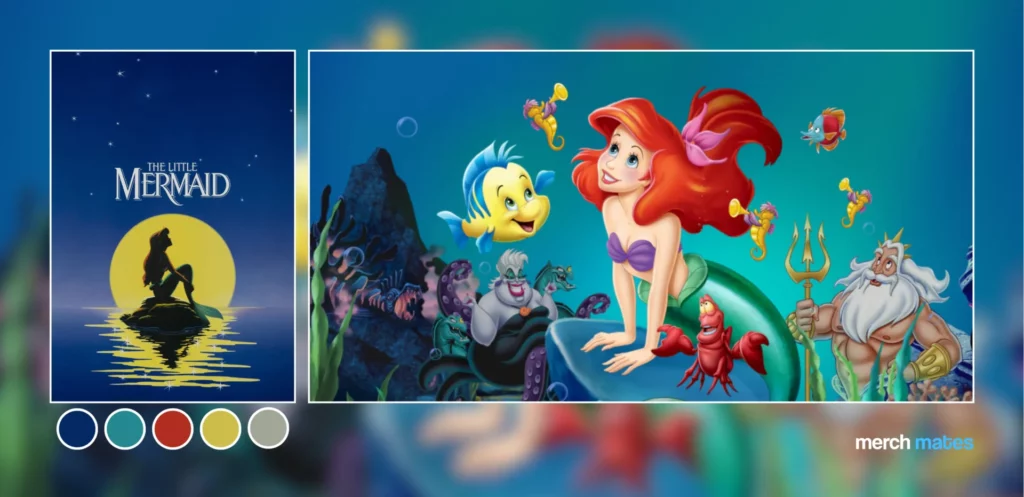
The Little Mermaid is credited with kick-starting the Disney Renaissance. Its fresh take on a classic fairy tale, combined with a beloved soundtrack, brought Disney back into the limelight and laid the foundation for the Renaissance Era.
Key Highlights:
- Songs: “Under the Sea” and “Part of Your World”
- Legacy: Revitalised Disney’s approach to animated films and marked a return to traditional storytelling.
2 – Beauty and the Beast (1991)
A tale as old as time with groundbreaking achievements.
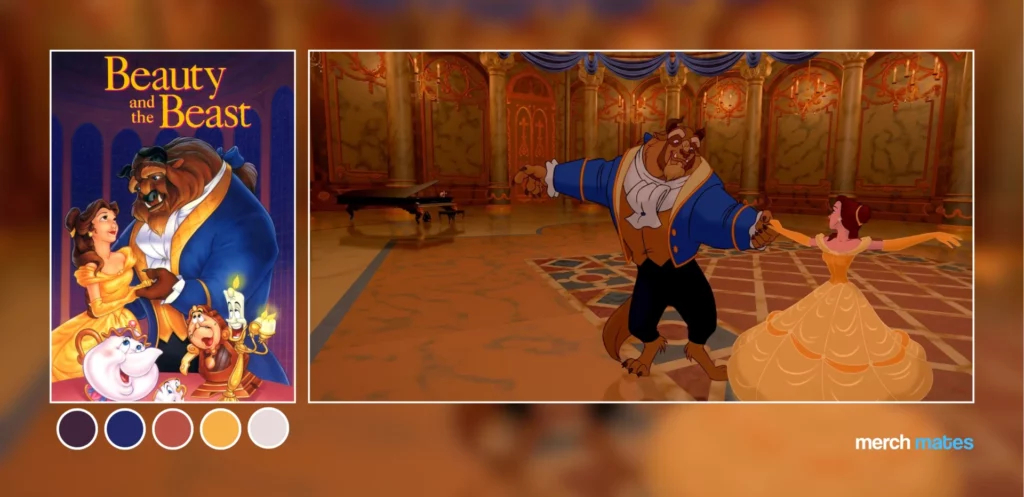
Beauty and the Beast became the first animated film to be nominated for Best Picture at the Academy Awards, showcasing Disney’s ability to blend romance, drama, and comedy in a sophisticated way. Its rich characters and stunning animation make it a timeless masterpiece.
Key Highlights:
- Songs: “Beauty and the Beast” and “Be Our Guest”
- Awards: Won two Academy Awards and the first animated film ever nominated for Best Picture.
1 – The Lion King (1994)
The king of the Renaissance Era.
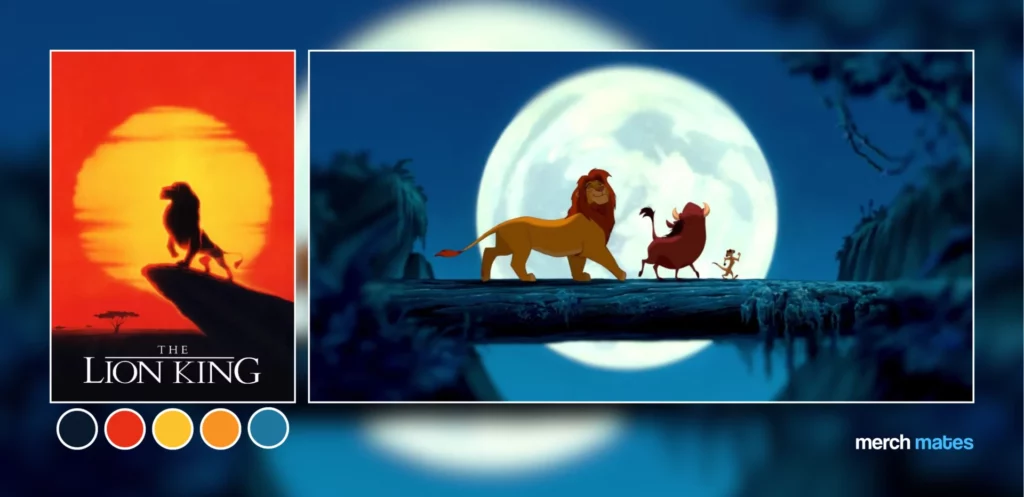
Widely regarded as the pinnacle of the Disney Renaissance, The Lion King combines powerful storytelling, iconic music, and groundbreaking animation. Its emotional depth and universal themes of loss, identity, and redemption have made it a cultural phenomenon.
Key Highlights:
- Songs: “Circle of Life” and “Hakuna Matata”
- Legacy: Inspired a Broadway musical, sequels, a live-action remake, and remains one of Disney’s most beloved films.
The Disney Renaissance Era is a testament to the studio’s ability to innovate, adapt, and recapture the magic of animation. By blending traditional fairy tales with modern sensibilities and groundbreaking animation techniques, Disney created a decade of films that continue to resonate with audiences around the world.
Frequently Asked Questions
What defines the Disney Renaissance Era?
The Disney Renaissance Era is defined by a series of successful animated films produced by Disney from 1989 to 1999, marked by a return to traditional storytelling, Broadway-style musicals, and technological innovations.
Why is The Lion King considered the best Disney Renaissance film?
The Lion King is considered the best due to its powerful narrative, memorable characters, iconic music, and its impact on both popular culture and the animation industry.
How did the Disney Renaissance impact animation?
The Disney Renaissance set new standards for animation with its innovative use of technology, storytelling, and music, influencing future animated films and reviving Disney’s reputation as a leader in the industry.
What is the legacy of the Disney Renaissance?
The legacy of the Disney Renaissance is its lasting impact on animation, storytelling, and popular culture, inspiring generations of filmmakers and continuing to captivate audiences with its timeless stories and characters.
